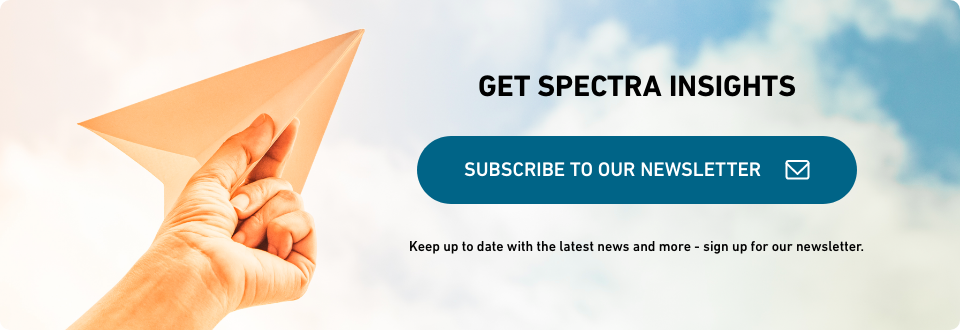Why drones are vital to disaster relief
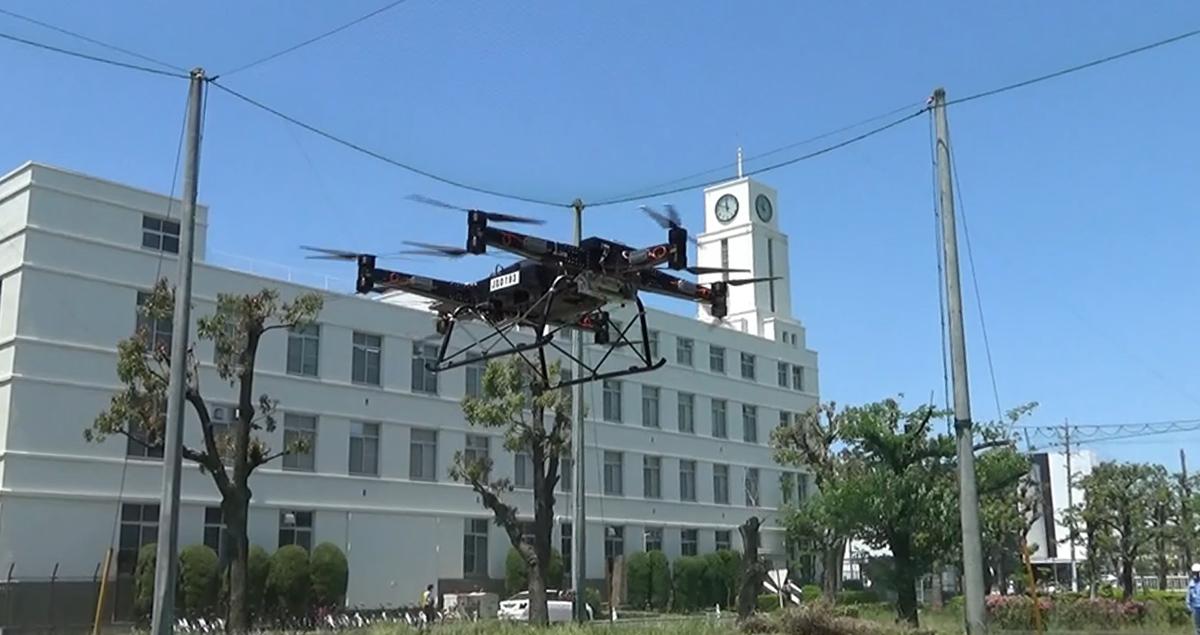
Uncrewed aerial vehicles (UAVs) — better known as drones — were once the stuff of science fiction. Today, they’re everywhere, with roles spanning the military, law enforcement, entertainment and sports. More recently, drones have become a vital tool in disaster relief, supporting response efforts after earthquakes, floods and other extreme weather events or crisis situations
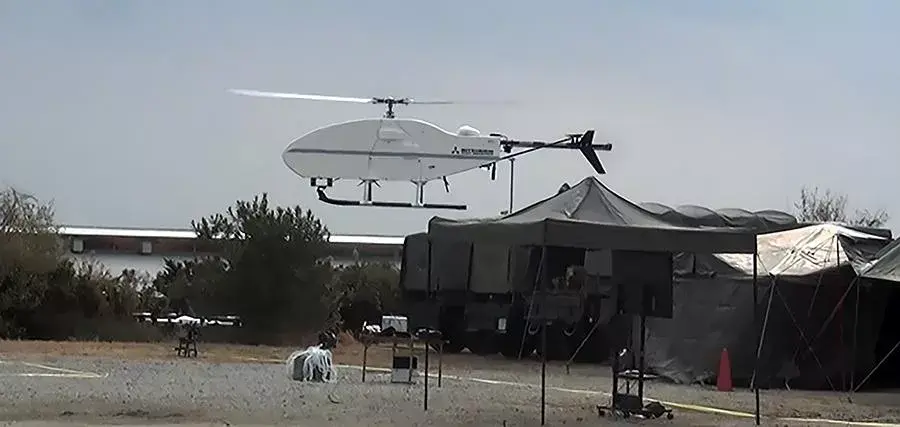
How are drones used in disaster management?
Natural disasters and other emergencies often leave responders scratching their heads over how to assess the humanitarian impact, reach victims and work out the logistics of getting help where it’s needed. They must act fast, but disaster zones are often hard to access — whether due to remoteness, damaged infrastructure, or the danger posed to rescue teams.
This is where drones come in. They can be deployed quickly, reach areas that humans can’t, and provide both bird’s-eye and close-up perspectives of affected areas for remote assessment.
Equipped with thermal imaging cameras, they can locate victims who are stranded or trapped in collapsed buildings, for example. Real-time aerial video feeds enable responders to survey the area and assess damage to buildings and infrastructure. They can then determine the most efficient approaches for relief and rescue efforts and adapt them as the situation evolves.
Not only is using drones safer and faster for rescue teams, but it is also less expensive and more flexible than human-crewed aircraft to survey disaster areas.
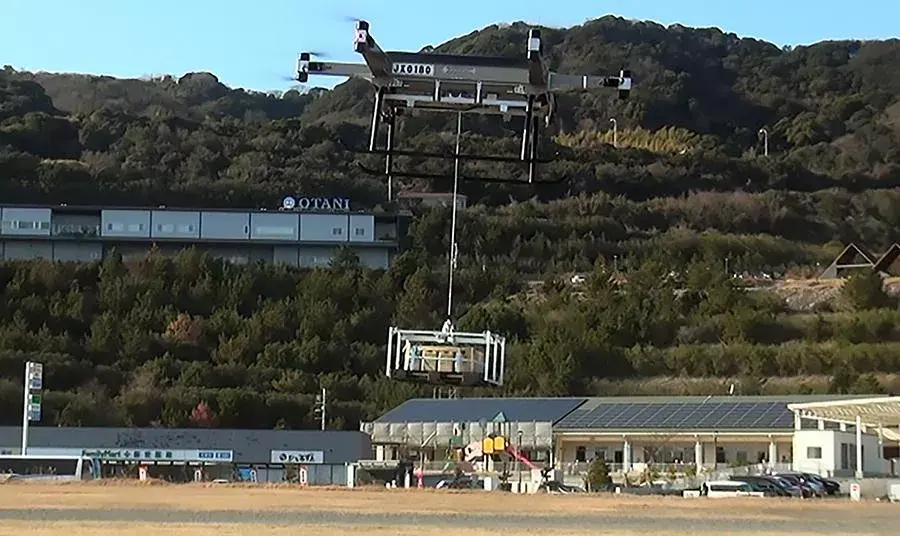
How are emergency response drones evolving?
Drones have been deployed in many disaster management situations over the past decade, including the 2015 Nepal earthquake, the aftermath of Cyclone Eloise across Africa in 2021, floods in Morocco and Libya in 2023 and the California wildfires last year.
Over that time, their use has evolved beyond just a monitoring tool. UAVs are increasingly used to provide hands-on aid to disaster victims before anyone can rescue them.
On New Year’s Day 2024, a 7.6 earthquake struck Wajima, Noto peninsula, western Japan. Drones were sent to deliver emergency supplies, like medication and fuel, to landslide victims and assist workers in repairing access roads. They crossed 3km of snow-covered ground to reach the area.
While the drones used here were only 20cm² in size, Japan’s earthquake response drill earlier this year trialed two larger UAVs designed by Mitsubishi Heavy Industries (MHI) Group’s Commercial Aviation Systems arm specifically for providing disaster relief.
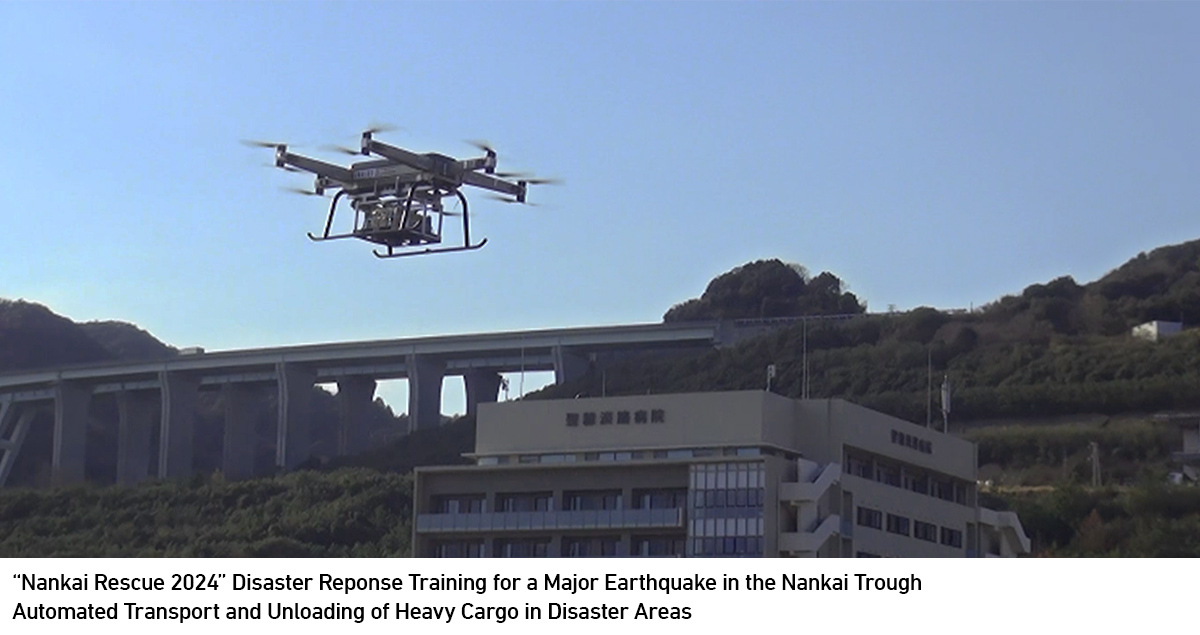
What does the new generation of heavy-lifting drones look like?
During Japan’s Ground Self-Defense Force’s Nankai Rescue training exercise, MHI — drawing on its vast track record in aircraft design and manufacturing — trialed a medium- and small-sized UAV.
A single-rotor drone was deployed to assess simulated damage after an incident. The UAV resembles a small helicopter, about 2m long and under 1m high. It carries a 7kg payload, including a camera and fuel, and has a cruising speed of 80km/h, allowing it to fly for up to two hours on an electric motor or engine.
MHI’s larger, 6m-long drone showed that a properly sized UAV can deliver heavy relief supplies in strong winds. It transported 150kg of water bottles to an isolated area, keeping the cargo close during transit to manage 36km/h winds. Hovering over the site on arrival, it winched down the cargo via a rope that disconnected automatically once the bottles were on the ground.
MHI engineers say the UAV can carry up to 200kg and, once in production, it will have a range of 200km, powered by an engine or a battery.
In the most recent drill, a vertical take-off and landing (VTOL) UAV, developed by MHI’s Integrated Defense & Space Systems division, was also trialed. At 2.4m in length and with a wingspan of 3.4m, the VTOL can carry 5kg over distances of up to 1,000km, making it ideal for rapid medicine delivery in hard-to-reach disaster zones.

What does the future hold for UAVs?
Delivering emergency supplies to disaster victims is only one use of larger UAVs. They could also serve as an alternative to trucks and ships for transporting low-volume cargo to hard-to-reach areas, such as remote islands or mountains. Here, they could support infrastructure projects like the construction and repair of roads or transmission towers.
As UAV technology evolves, drones will continue to demonstrate their advantages and a growing ability to deliver “for good”, addressing global challenges.
Discover more about MHI’s work in aviation





